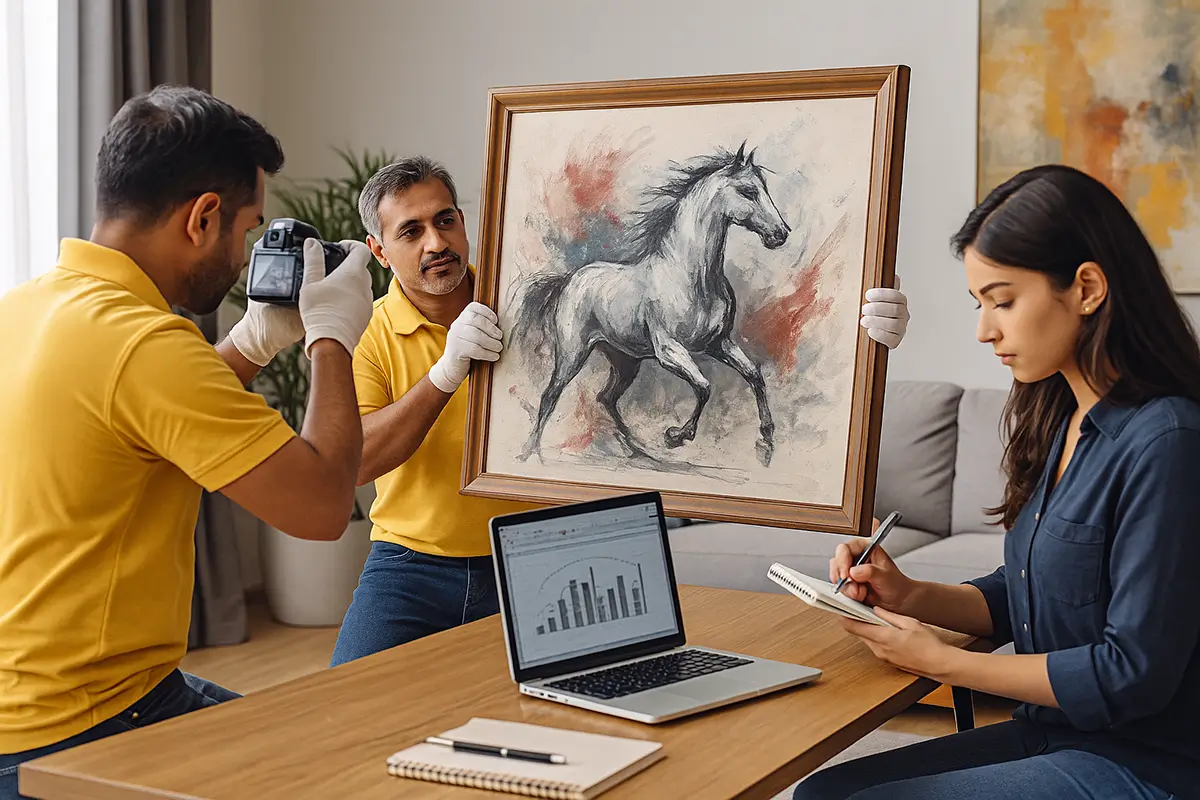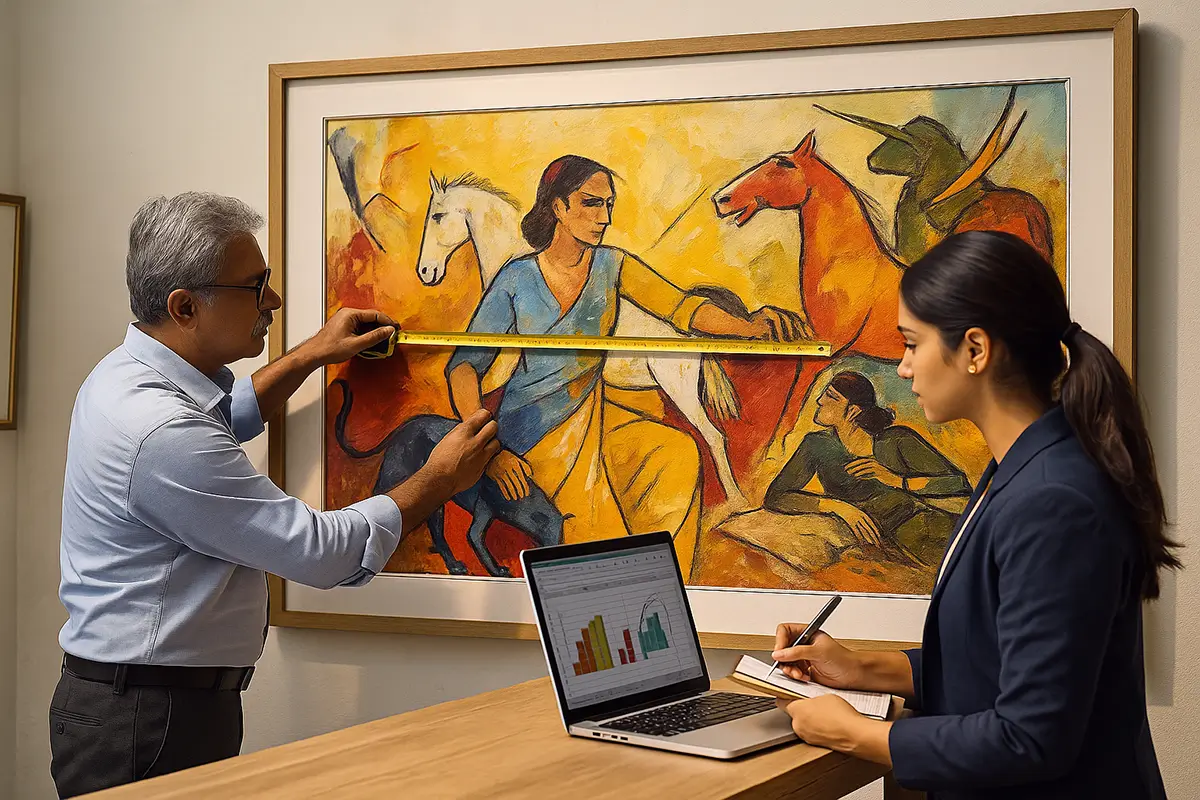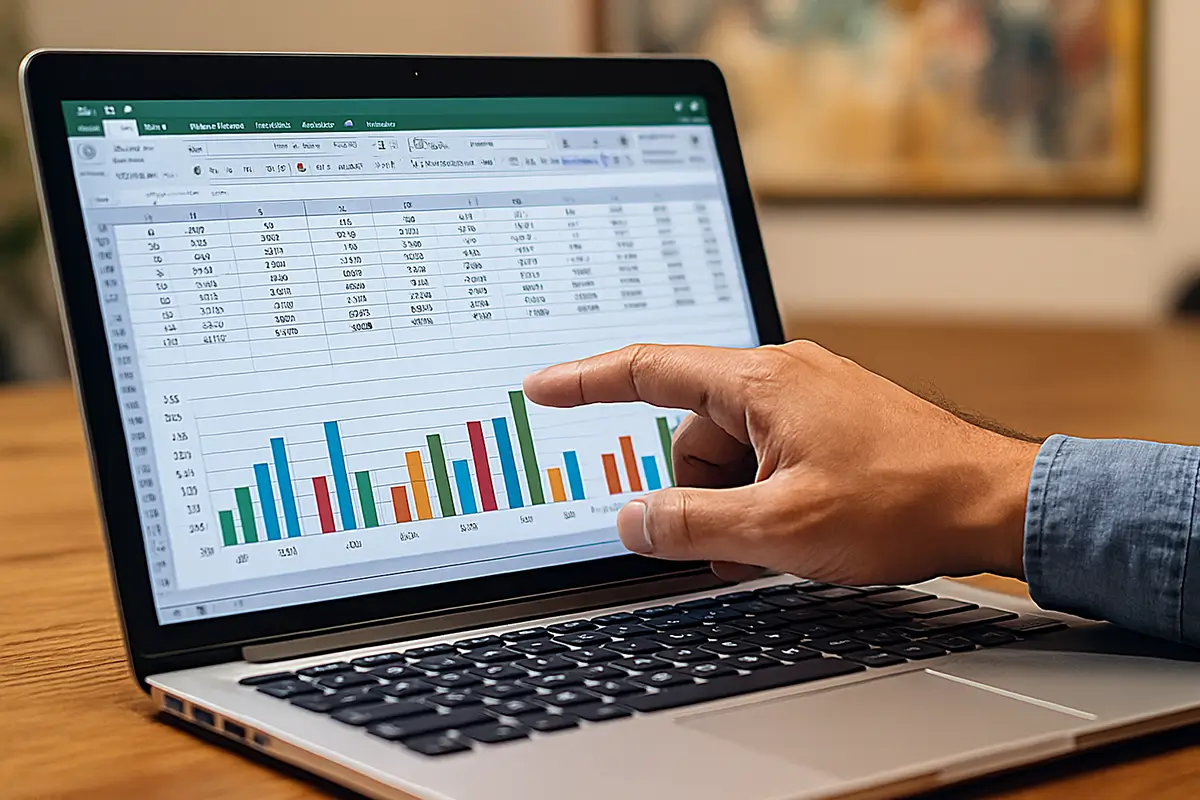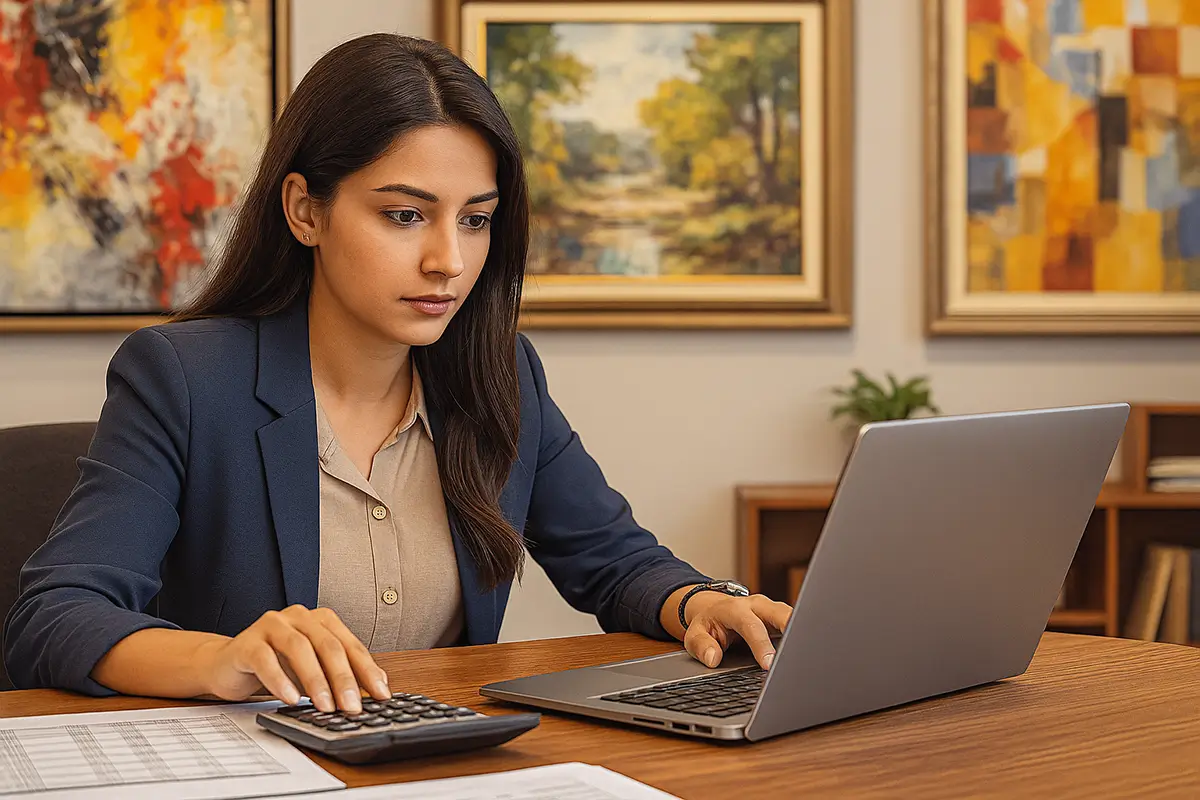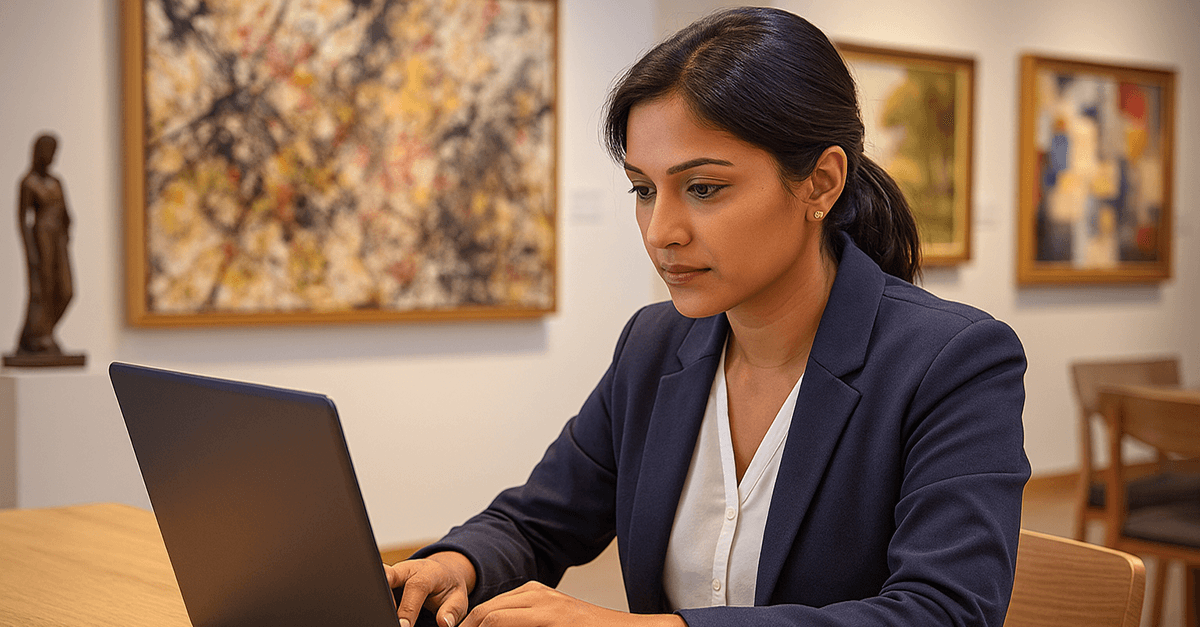Estate planning today goes far beyond traditional assets like real estate, stocks, or gold. For seasoned art collectors, passionate patrons, and families with inherited art collections, artworks represent not just monetary value but cultural significance and emotional legacy. In India, where private art collections often span generations, integrating art valuation for estate planning is not only prudent—it’s essential.
In this guide, we delve into why and how art should be part of your estate plan, the valuation process, and the legal and strategic considerations involved.
Why Art Should Be Part of Your Estate Plan
In India, many families pass down treasured artworks, often without documented ownership or clarity on market value. This oversight can lead to disputes, improper division of assets, and loss of heritage. Including artworks in estate planning helps:
1. Preserving Generational Legacy
Artworks are often passed down with little documentation, and in many Indian families, this results in ambiguity regarding ownership and valuation. Estate planning that includes artworks:
- Ensures rightful inheritance among heirs
- Avoids forced sales and emotional disputes
- Helps preserve the cultural identity of the collection
2. Aligning with Financial and Legal Frameworks
Omitting art from wills and financial documentation creates future complications. A clear plan ensures:
- Transparency in wealth declaration
- Compliance with inheritance and tax laws
- Strategic use of art in art legacy planning
Importance of Accurate Art Valuation
The art valuation process provides an objective and professionally assessed market value of an artwork. When tied to estate planning, this valuation is not just financial—it forms a legal and tax-compliant foundation for transferring art assets.
Here’s why accurate art valuation is essential:
- Determines inheritance tax and wealth reporting
- Supports fair allocation among beneficiaries
- Helps maintain documentation for art legacy planning
- Enables planning for art collection insurance and preservation
For more on how valuation works, refer to our detailed overview of the art valuation process.
Key Scenarios Where Art Valuation Is Critical
- Family Trust Creation: When setting up trusts, artworks must be listed with accurate valuation to ensure correct trust deed formation.
- Will and Testament Documentation: Artworks should be clearly described and valued to avoid ambiguity during execution.
- Succession Planning for Collectors: Private collectors planning their legacy must value their art assets just like real estate or investments.
- Corporate or Institutional Collections: Galleries or businesses owning art should include them in their asset planning documents.
Steps to Incorporate Art Valuation in Estate Planning
1. Conduct a Detailed Art Collection Assessment
Begin with building a comprehensive art collection inventory system:
- Artist, medium, dimensions, title, and year
- Provenance and acquisition history
- Documentation like bills, certificates, or previous appraisals
2. Engage Professional Art Appraisal Services
Choose experienced valuers offering:
- Fair market value of art
- Physical inspection and condition assessment
- Authentication and market comparables
TurmericEarth provides professional art valuation services aligned with Indian and international standards.
3. Clarify Legal Ownership
If ownership remains disputed or unclear—such as inherited pieces—get legal clarity before including the artwork in estate documents.
4. Mention in Wills and Trusts
Specify artworks clearly:
- Include identifying details (name, image, value)
- If sentimental value is involved, communicate to heirs
- Consider creating an art-specific trust or foundation for legacy preservation
5. Safeguard the Physical Collection
Preserve the artwork’s value through:
- Artwork preservation and conservation
- Adequate art collection insurance
- Secure, climate-controlled storage
Understanding Tax Implications in India
Art valuation becomes a critical tool in managing taxes:
- Wealth Declaration - Under Indian tax law, artworks above a threshold may require reporting as movable assets.
- Capital Gains Tax - If the art is sold post-inheritance, capital gains tax will apply. Knowing FMV at time of inheritance is crucial for tax computation.
- GST and Customs - For cross-border transactions or sales, GST may be applicable. Artworks of national importance are also regulated under heritage and customs acts.
- Donation and Charitable Trusts - When artworks are donated to museums or public institutions, a formal art valuation for tax purposes can help in availing exemptions.
When Should You Start Art Estate Planning?
Too many wait until a triggering event—sale, death, or dispute. Proactive planning is critical if:
- Your art portfolio exceeds INR 10 lakhs in value
- You are creating or revising a will/trust
- You are expanding your collection or making acquisitions for investment
Early action avoids emotional strain, legal confusion, and financial complications.
Common Mistakes to Avoid
A well-documented art collection survey becomes an indispensable part of the estate’s long-term planning. Below are some of the common mistakes art collectors are prone to:
- Not conducting regular updates of your art valuation
- Relying on informal opinions or auction estimates
- Leaving artworks out of estate documents
- Ignoring conservation, storage, or insurance needs
Best Practices for Estate Planning with Art
- Maintain Updated Documentation
Annual or biennial valuation reports are ideal—especially for high-value or appreciating artworks. - Consult Interdisciplinary Experts
While legal advisors and financial planners are essential, involving art appraisal professionals ensures all aspects are accurately addressed. - Consider the Sentimental Angle
Not every artwork is just about money. Some carry immense personal or historical value, making thoughtful bequests important. - Prepare for Changing Laws
Estate laws, inheritance tax guidelines, and art regulation in India are evolving. Stay updated and keep your estate plan flexible.
Why Work with Art Valuation Experts
Given the complexity of pricing, historical significance, and conservation needs, generic estate advisors often lack the experience to deal with art. Specialized firms like TurmericEarth provide:
- Legally defensible art valuation reports
- Expert guidance on inheritance and tax implications
- Insights into art value estimation and strategic planning
We bring decades of experience in working with collectors, institutions, and legal professionals to secure your legacy through art.
Real-World Example (Generic Illustration)
Let’s take the case of a Mumbai-based family with a Rs 5 crore art collection. Without formal documentation, the family risked internal disputes and missed declaring the asset for wealth tax. After a thorough art collection assessment and valuation from TurmericEarth, they:
- Created an art-specific trust
- Acquired specialized art collection insurance
- Documented bequests in their will
- Received advisory on selective art divestment
This safeguarded their legacy while ensuring tax compliance and legal clarity.
Future-Proofing Art as an Asset Class
Fine art is increasingly being recognized as a tangible asset class. Its ability to appreciate in value, its cultural gravitas, and relatively low correlation to financial market volatility make it attractive.
However, without structured planning and valuation, it remains a vulnerable asset.
Integrating art into estate planning with foresight allows you to:
- Protect your legacy
- Empower your heirs with structured documentation
- Avoid legal and financial complications
- Preserve cultural wealth for generations
Conclusion: Future-Proofing Your Collection
The Indian art landscape is growing, and with it, the value of owning and preserving great works of art. Whether you’re a seasoned collector or new to art ownership, understanding the art valuation for estate planning in India is essential to ensure the smooth transition and longevity of your collection.
Proper documentation, expert valuation, and strategic planning are the cornerstones of a future-proof estate that includes art.
To take the first step, explore our Art Valuation Services at TurmericEarth.



